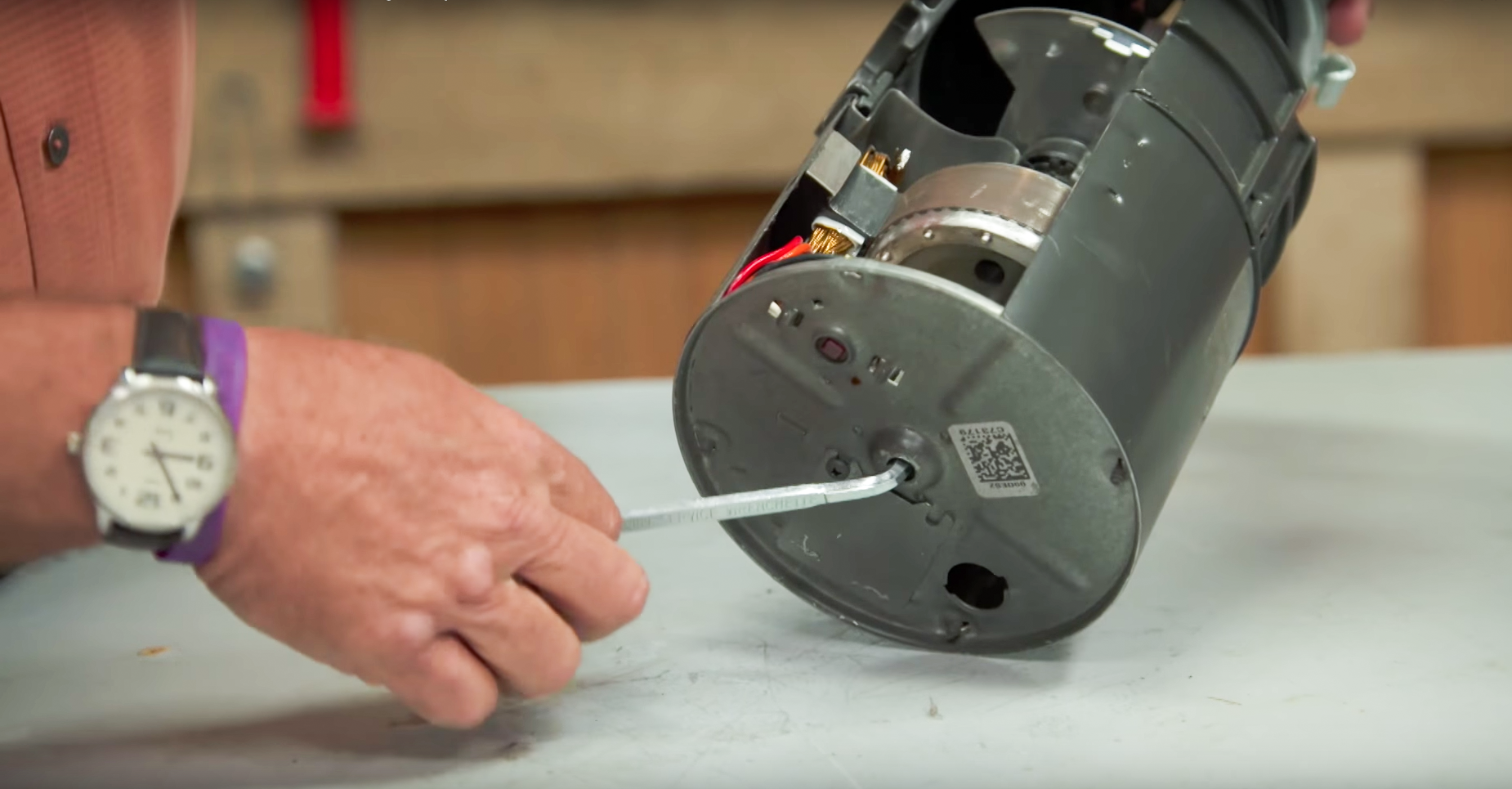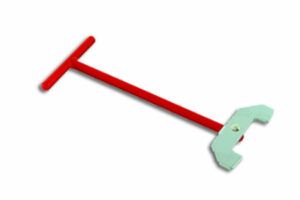We may be compensated if you purchase through links on our website. Our team is committed to delivering honest, objective, and independent reviews on home products and services.
A malfunctioning garbage disposal can quickly disrupt your kitchen routine since it’s an important part of your sink’s plumbing. Many common disposal issues can be resolved with simple do-it-yourself (DIY) fixes. This guide will walk you through the steps to diagnose and repair a jammed garbage disposal to help you avoid expensive replacements or service calls. This Old House plumbing and heating expert, Richard Trethewey, demonstrates the process of fixing a jammed disposal in the video above.
Signs of a Jammed Garbage Disposal
Garbage disposals are sturdy appliances, but they can experience issues over time. The most common problem is a jammed unit, which occurs when food debris or foreign objects become lodged in the grinding mechanism. Other issues may include electrical problems, leaks, or worn-out components.
Here are some telltale signs you have a jammed garbage disposal:
- Humming sound when switched on, but the blades don’t spin
- No sound at all when activated
- Unusual grinding or rattling noises during operation
- Water backing up into the sink
Steps To Fix a Jammed Garbage Disposal
Before attempting any repairs, turn off the disposal’s power at the circuit breaker. Never reach into the disposal with your hands, and use tools designed for garbage disposal repair. We recommend that you wear safety glasses to protect your eyes from debris.
Follow these steps to troubleshoot and repair your jammed garbage disposal.
Step 1: Check the Electricity
First, confirm that power is reaching the disposal. Take the following steps:
- Locate the appropriate circuit breaker or fuse at the main electrical panel.
- If tripped or blown, reset the breaker or replace the fuse.
- Switch on the disposal.
- If you hear humming, immediately turn off the switch and unplug the unit.

If these steps don’t restore power, press the thermal overload button on the bottom of the disposal. If pressing this button doesn’t work, consult a licensed electrician. Handle electrical components with caution to avoid any hazards.
Step 2: Free the Jam
With the disposal unplugged or the circuit off, follow these steps:
- Locate the hex-shaped hole at the bottom of the disposal.
- Insert the hex-head Allen wrench that came with the disposal (or use a 1/4-inch Allen wrench).
- Turn the motor shaft counterclockwise and then clockwise until the obstruction is dislodged.
- Remove the wrench and restore power to the unit.
- Run water into the sink and turn on the disposal to test.
Step 3: Use a Specialty Wrench
If the jam persists, try using a garbage disposal wrench and follow these steps:
- Insert the wrench into the disposal from above.
- Rotate until its jaws lock onto the cutter wheel.
- Turn the wrench forcefully counterclockwise, then clockwise.
- Remove the wrench and test the disposal’s operation.
Deep Cleaning the Garbage Disposal
Even after freeing the jam, your garbage disposal may benefit from a thorough cleaning to remove residual food particles and prevent future clogs. Here’s how you can achieve a deep clean:
- Remove the splash guard: Disconnect the splash guard to access the disposal chamber. Clean it separately using a brush and soap.
- Scrub inside the disposal: Use a long-handled brush or old toothbrush to scrub the interior walls, paying close attention to the disposal blades where food particles often get stuck.
- Deodorize: Pour a cup of baking soda followed by a cup of vinegar into the disposal. Let it fizz and sit for a few minutes before rinsing with hot water.
Preventing Future Garbage Disposal Jams
To avoid future garbage disposal problems, follow these tips:
- Avoid grinding fibrous foods like celery or corn husks.
- Cut large food items into smaller pieces before disposal.
- Never pour grease or oil down the disposal.
- Regularly clean the disposal with ice cubes and citrus peels.
- Run cold water before, during, and after disposal use.
Upgrading Your Garbage Disposal
If your disposal frequently jams or is old, it might be time to consider an upgrade. Modern garbage disposals come with advanced features that enhance efficiency and reliability. When picking a new garbage disposal to install, look for units with the following:
- Anti-jamming features: Some disposals have mechanisms to minimize jamming.
- High horsepower: A more powerful motor can handle tougher food scraps without jamming.
- Noise reduction technology: Quieter models are available for a more pleasant kitchen environment.
When To Call a Professional to Repair or Replace a Garbage Disposal
While many disposal issues can be resolved with DIY methods, some situations require professional help. Call a professional if you encounter any of the following:
- Electrical problems beyond resetting the circuit breaker
- Leaks from the disposal unit or connections
- Persistent jams that don’t respond to manual turning
- Unusual noises or burning smells during operation


